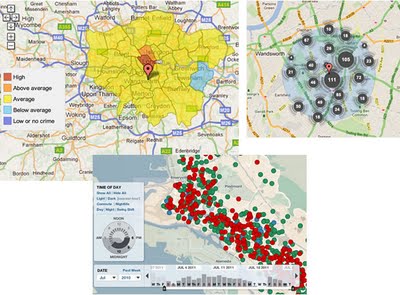

Last December, the release of Google Maps 5.0 for Android ushered in the next-generation of mobile maps where you can rotate, tilt, and zoom in and out of 3D maps. Whether you’re on the go or playing with a new phone, seeing a 3D skyline spring up in New York City, Zurich, Milan, and other cities is a helpful, fun, and unique experience–an experience we want as many of you as we can to have for your city.
3D buildings in London and Barcelona
You don’t need to update the app, just open Google Maps for mobile on your phone with Android 2.0+ and zoom in to a city with 3D buildings.
Bing Maps Streetside – London UK
Streetside is now available for some parts of London, England
Westminister Bridge, London Bus and London Eye Iconic Landmarks, but do not expect ‘Google Streetview’ type functionality this is more a slide-show of images.
More information on Streetside
http://www.microsoft.com/maps/en-GB/streetside.aspx
View Streetside – London UK (click the icon next to Traffic)